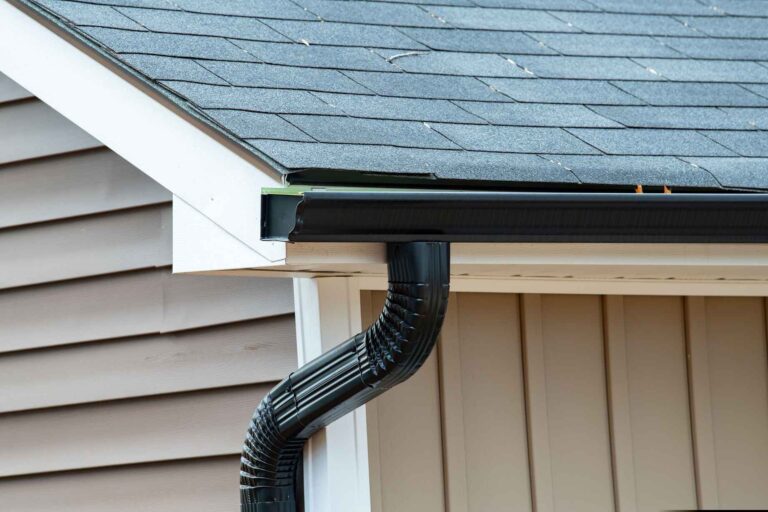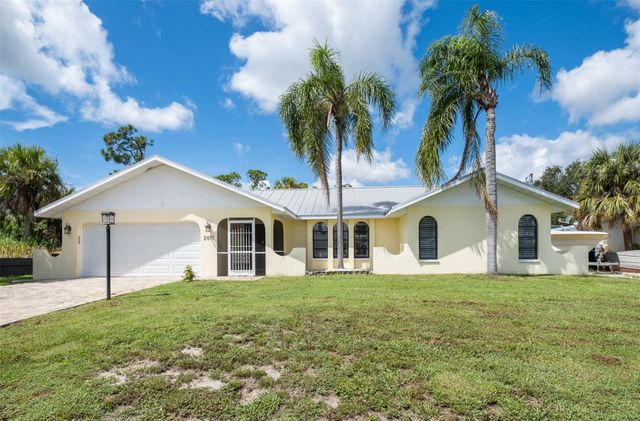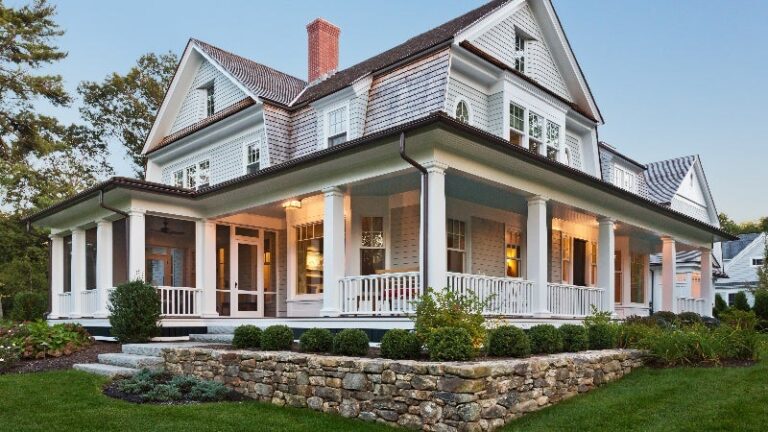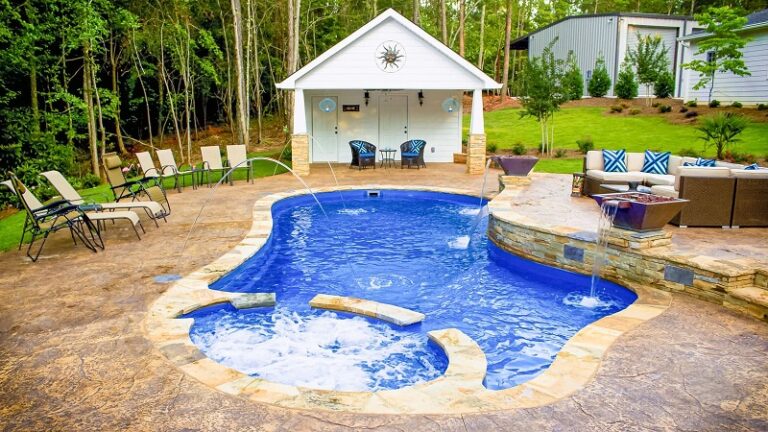Roof plumbing is an essential aspect of home maintenance in Melbourne, playing a crucial role in managing rainwater and protecting your home from potential water damage. From gutters to downpipes, flashings, and roof penetrations, a well-maintained roof plumbing system ensures effective water drainage and prevents structural issues caused by moisture infiltration. This article explores the importance of roof plumbing, its components, maintenance practices, and why professional roof plumbing in Melbourne are invaluable for homeowners.
Understanding Roof Plumbing
Roof plumbing encompasses various components and systems designed to manage rainwater effectively and maintain the structural integrity of your home. Key elements of roof plumbing include gutters, downpipes, roof flashings, and seals around roof penetrations like chimneys and vents. Proper installation, regular maintenance, and timely repairs of these components are essential for protecting your home against water ingress and associated damage.
1. Importance of Roof Plumbing
- Water Management: The primary function of roof plumbing is to collect rainwater from the roof surface and direct it away from the building. This prevents water from pooling on the roof or around the foundation, which can lead to leaks, dampness, and potential structural damage over time.
- Preventing Water Damage: Well-maintained gutters and downpipes ensure that rainwater is effectively channelled away from the roof and foundation, reducing the risk of water seeping into walls, ceilings, and basement areas.
- Preserving Structural Integrity: Roof flashings and seals play a critical role in preventing water ingress around roof penetrations. Properly installed flashings create a watertight barrier, protecting vulnerable areas of the roof from moisture damage and maintaining the structural integrity of the building.
2. Components of Roof Plumbing
- Gutters: Installed along the edge of the roof, gutters collect rainwater and direct it towards downpipes for drainage. Regular cleaning and maintenance of gutters prevent blockages and ensure uninterrupted water flow.
- Downpipes: Downpipes carry rainwater from gutters to ground level or into stormwater drainage systems. Properly positioned and maintained downpipes prevent water accumulation and potential overflow during heavy rainfall.
- Roof Flashings: Flashings are metal strips or sheets installed around roof penetrations (such as chimneys, skylights, and vents) to create a waterproof seal. Flashings prevent water from entering gaps or joints in the roofing materials, protecting interior spaces from leaks.
3. Maintenance Practices
- Regular Inspection: Conduct periodic inspections of gutters, downpipes, and roof flashings to identify signs of wear, corrosion, or damage. Addressing issues promptly prevents water leaks and extends the lifespan of roof plumbing components.
- Gutter Cleaning: Clean gutters and remove debris, leaves, and sediment to prevent blockages and ensure efficient water drainage. Perform gutter cleaning at least twice a year, especially before the onset of heavy rainfall seasons.
- Repairing Leaks: If you notice water stains on ceilings or walls, it may indicate a roof plumbing leak. Contact professional roof plumbing services in Melbourne to locate and repair leaks promptly, preventing further water damage.
- Sealing Roof Penetrations: Ensure that roof penetrations are properly sealed with durable flashings and waterproof materials to prevent water ingress around chimneys, vents, and other protrusions.
4. Benefits of Professional Roof Plumbing Services
- Expertise and Experience: Qualified roof plumbers in Melbourne possess the knowledge and skills to assess, repair, and maintain roof plumbing systems effectively. They can identify potential issues early and provide solutions that ensure long-term performance and reliability.
- Safety: Roof plumbing work often involves working at heights and handling heavy materials. Professional roof plumbers adhere to safety protocols and use specialised equipment to minimise risks and ensure a safe working environment.
- Compliance and Quality Assurance: Hiring licensed roof plumbing services guarantees compliance with local building codes and regulations. Professional roof plumbers use high-quality materials and provide warranties on workmanship, ensuring peace of mind for homeowners.
5. Sustainable Practices
- Rainwater Harvesting: Consider installing rainwater tanks connected to your roof plumbing system to collect and reuse rainwater for garden irrigation or household purposes, promoting sustainability and reducing water consumption.
- Gutter Guards: Install gutter guards to prevent debris from accumulating in gutters, reducing the frequency of gutter cleaning and maintenance while ensuring uninterrupted water flow during rainfall.
Conclusion
Roof plumbing plays a vital role in maintaining the structural integrity of homes in Melbourne by managing rainwater effectively and preventing water damage. Regular maintenance, timely repairs, and professional roof plumbing services are essential for ensuring the longevity and reliability of roof plumbing systems. By prioritising the care and upkeep of gutters, downpipes, flashings, and roof penetrations, homeowners can protect their investment and enjoy a dry, comfortable living environment throughout the changing seasons in Victoria. Whether it’s cleaning gutters, inspecting for leaks, or installing new roof plumbing components, proactive maintenance and expert assistance from qualified roof plumbers contribute to the overall health and resilience of your home’s roofing and drainage systems.










